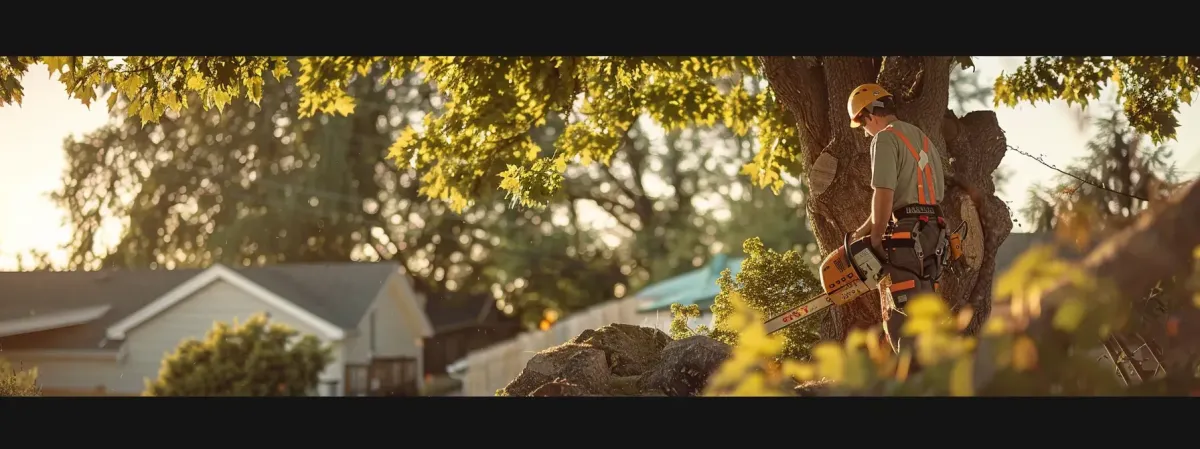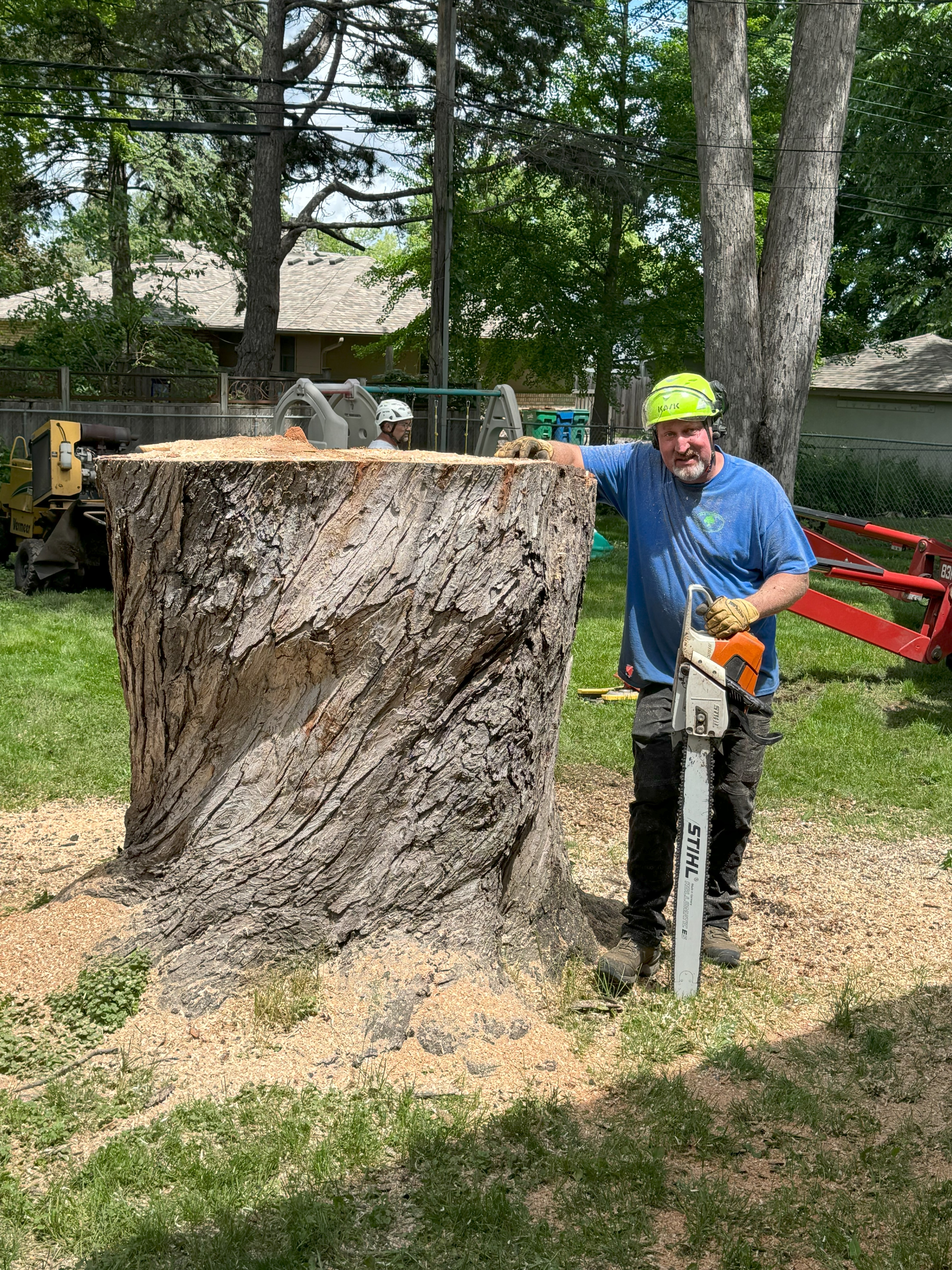
How to Safely Remove Tree Limbs: A Step-by-Step Guide for Homeowners
Tree Limb Removal: How to Safely Trim Branches & Protect Your Property
Wondering how to safely remove tree limbs without damaging your property or risking injury? Whether you're a homeowner tackling a weekend project or a property manager evaluating your options, this guide will walk you through the right way to approach tree limb removal—while also showing when it’s smarter to call in a pro like New Horizons Tree Experts.
Assess the Situation Before Starting Tree Limb Removal

Step 1: Know When to Remove a Tree Limb
Start by identifying the limbs that need to be removed. Look for:
Dead or decaying branches
Limbs rubbing against your roof, siding, or other branches
Cracked, storm-damaged, or low-hanging branches creating safety risks
Branches crowding the tree and limiting airflow or sunlight
Pro tip: Don’t wait until a limb breaks and causes damage. Regular tree trimming promotes tree health and prevents expensive problems down the road.
Step 2: Gear Up for Safety

Always wear proper safety equipment when trimming tree limbs, especially when working above shoulder height or with power tools:
Hard hat and protective eyewear
Gloves and non-slip boots
Chainsaw chaps or heavy-duty pants
A sturdy ladder or aerial lift (never climb the tree itself)process.
Step 3: Make Clean, Strategic Cuts

Improper cutting techniques can damage the tree or cause injury. Here’s the safest approach:
For Small Branches:
Cut just beyond the branch collar (the swollen area where the branch meets the trunk)
Avoid cutting flush with the trunk—this can lead to decay and disease
For Large or Heavy Limbs:
Make an undercut 6–12 inches from the trunk to prevent bark tearing
Make a second cut from the top, a few inches further out, to remove the bulk of the limb
Make the final cut just beyond the branch collar
Step 4: Plan the Drop Zone

Before cutting, make sure the area below is clear of people, pets, power lines, and property. Use rope to guide larger limbs or secure them for a controlled descent.
Step 5: Clean Up & Dispose of Debris

Once the job is done:
Cut limbs into manageable sections
Use a chipper for mulch or check with your local yard waste facility for disposal
Rake and clear the work zone thoroughly
Need help with large-scale clearing? We handle land clearing and storm cleanup throughout Central MN.
Recognize When to Call the Pros

Tree limb removal can be dangerous, especially when dealing with:
Overhead branches near your home or power lines
Limbs too large or heavy to manage safely
Signs of disease, rot, or hidden structural issues
New Horizons Tree Experts offers emergency services and full-service tree removal with proper insurance, equipment, and over 30 years of hands-on experience across Central MN—including Maple Grove, Buffalo, and Elk River.
Schedule Tree Limb Removal with New Horizons
If you're ready to improve safety, prevent property damage, or clean up after a storm, give our team a call at (612) 203-4309 or request a quote online.
We’ll assess your trees, walk you through your options, and handle the job quickly, cleanly, and affordably.
Proudly Serving Central Minnesota:
Big Lake MN, Foley MN, St. Michael MN, Sauk Rapids MN, Elk River MN, Zimmerman MN, Buffalo MN, Monticello MN, Minneapolis MN, Plymouth MN, Maple Grove MN, Anoka MN, Blaine MN, Coon Rapids MN, and more!
